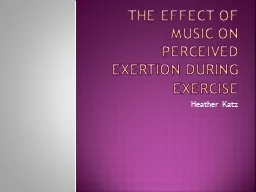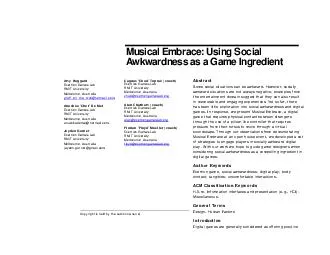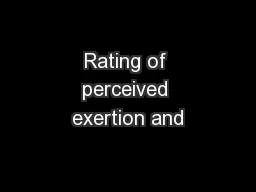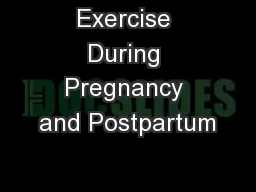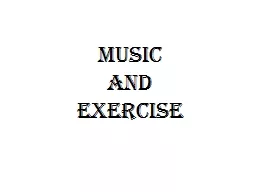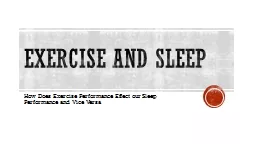PPT-The Effect of Music on Perceived Exertion during exercise
Author : olivia-moreira | Published Date : 2016-04-09
Heather Katz Purpose To determine whether four different genres of music effect the perceived exertion of a person with an intellectual disability during strength
Presentation Embed Code
Download Presentation
Download Presentation The PPT/PDF document "The Effect of Music on Perceived Exertio..." is the property of its rightful owner. Permission is granted to download and print the materials on this website for personal, non-commercial use only, and to display it on your personal computer provided you do not modify the materials and that you retain all copyright notices contained in the materials. By downloading content from our website, you accept the terms of this agreement.
The Effect of Music on Perceived Exertion during exercise: Transcript
Download Rules Of Document
"The Effect of Music on Perceived Exertion during exercise"The content belongs to its owner. You may download and print it for personal use, without modification, and keep all copyright notices. By downloading, you agree to these terms.
Related Documents

